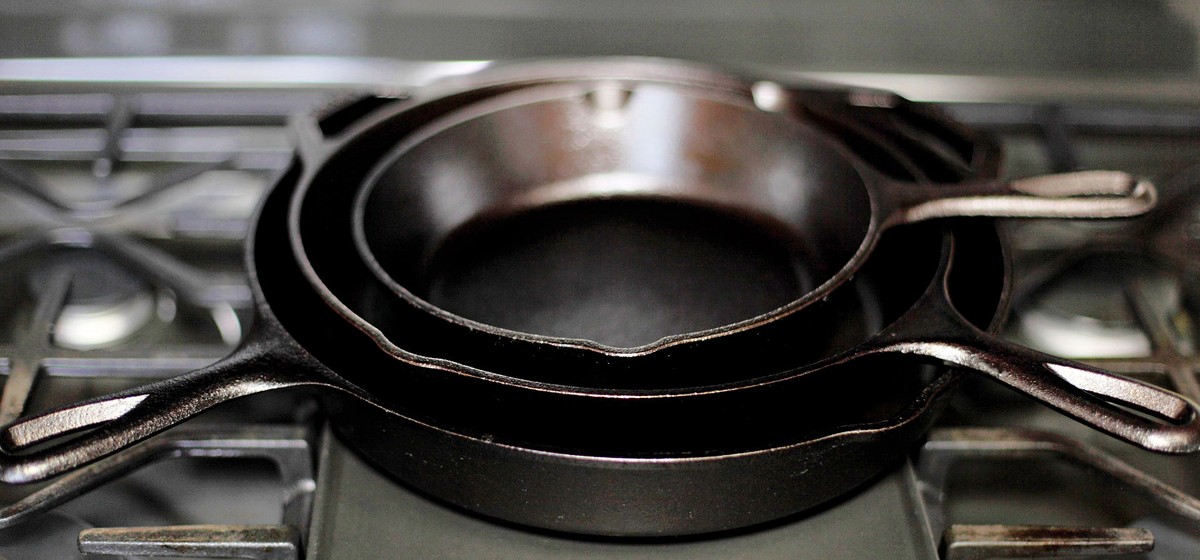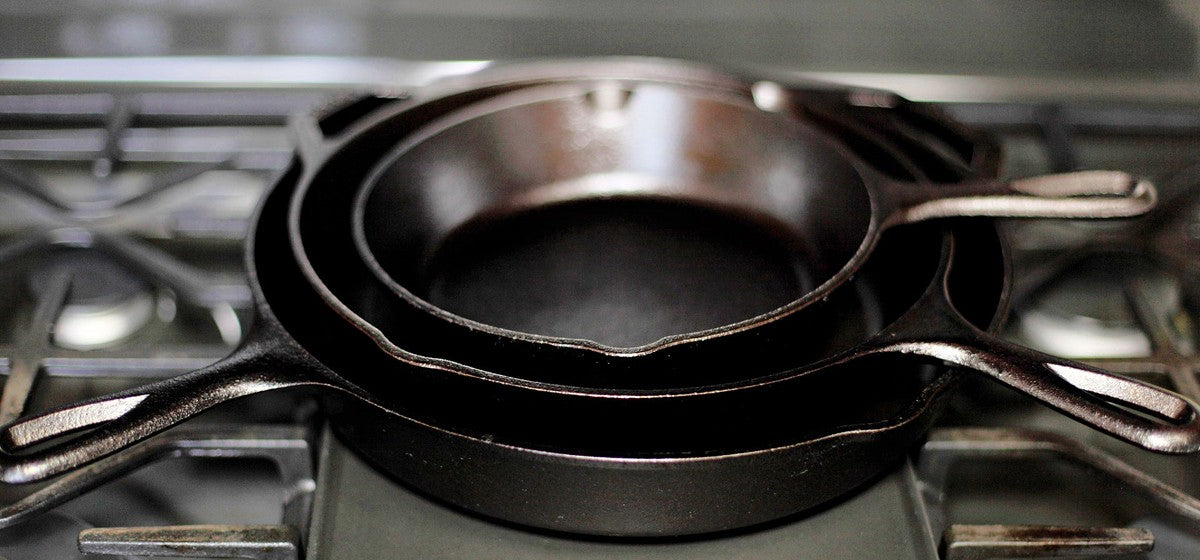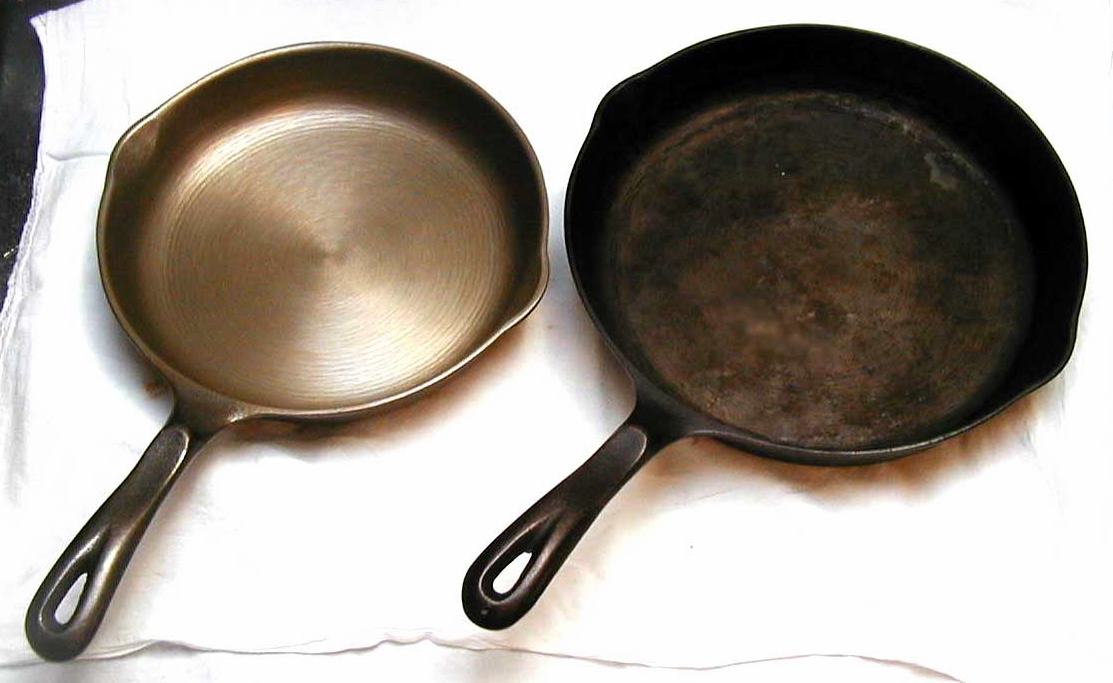As a kitchen professional, you know that the seasoning on your cast iron is crucial for its functionality and longevity. This process, however, is not as straightforward as it seems. In this article, we will delve into how to test cast iron seasoning to ensure your cookware is functioning at its best. Proper testing can save you time, effort, and potential culinary disasters.
Seasoning cast iron is about more than just applying oil and high heat; its about creating a durable non-stick surface that enhances flavor. Before we dig deeper, lets discuss the fundamentals of cast iron seasoning.

Understanding Cast Iron Seasoning
The term seasoning refers to the layer of polymerized oil that is built up on the surface of cast iron cookware. This gives it its non-stick properties and helps prevent rust. A common misconception is that seasoning is a single act; in reality, it is an ongoing process that requires some attention. You can read more about the initial preparation in this article about prepping cast iron.
Signs That Your Seasoning Is Effective
When testing cast iron seasoning, there are several signs to look for:
- Non-stick surface: Food should release easily when cooking.
- Color: A dark, shiny surface usually indicates good seasoning.
- Smoke: Excessive smoke while seasoning in the oven means that the oil is breaking down.
How to Test Your Cast Iron Seasoning
Now that you understand what good seasoning looks like, lets jump into the practical testing methods:
Conduct a Water Bead Test
One of the simplest ways to test your cast iron seasoning is by performing a water bead test. Heat your skillet and add a few drops of water. If they bead up and sizzle immediately, congratulations! Your seasoning is in good condition. If they evaporate quickly or spread out, your seasoning may need attention.
The Egg Test
Another method is the egg test. Heat your skillet and add a small amount of oil. Crack an egg into the pan. If it slides around easily, the seasoning is sufficient. If it sticks, it's time for a rejuvenation. For more in-depth information about maintaining the seasoning, check out this article on maintaining seasoning.
Common Mistakes to Avoid
There are several mistakes that professionals often make when seasoning cast iron:
- Overheating: High temperatures can strip away season.
- Using the Wrong Oils: Choice of oil has significant effects on seasoning durability.
- Piling on Oil: Less is more when it comes to seasoning layers.
Reviving a Worn-Out Seasoning
If your tests indicate poor seasoning, dont worry; revitalizing a cast iron pan is achievable. Begin with a thorough clean using a non-metal brush to remove food residues. Next, apply a thin layer of your chosen oil, and heat the pan upside down in the oven at 350F for an hour, using parchment to catch drips. For a more detailed guide, refer to this resource on waiting between seasons.
Maintaining Your Cast Iron
Ongoing maintenance is crucial for ensuring a robust seasoning for years to come. Regularly make it a practice to clean your pan without using soap, dry it immediately, and apply a thin layer of oil after each use. This minimizes oxidation and adds to your seasoning. For additional practical insights, consider this what cloth to use for your cast iron.

Frequently Asked Questions
Q1: How often should I re-season my cast iron?
A1: Depending on usage, every few months or as needed if food starts to stick.
Q2: Can I use soap to clean cast iron?
A2: Ideally, avoid using soap. Instead, opt for hot water and a scrub brush.
Q3: What is the best oil for seasoning cast iron?
A3: Flaxseed oil is often recommended due to its high smoke point, but other oils like canola can also be effective.
With these tests and guidelines on how to test cast iron seasoning, your cast iron cookware will remain a reliable companion in your professional kitchen. Remember, the journey of seasoning is continuous and rewarding, enriching your culinary creations!
As an Amazon Associate, I earn from qualifying purchases.






Leave a comment
This site is protected by hCaptcha and the hCaptcha Privacy Policy and Terms of Service apply.